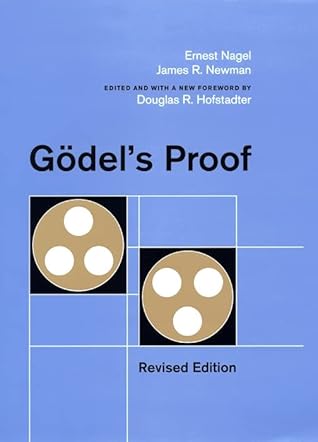More on this book
Community
Kindle Notes & Highlights
Gödel’s paper showed that this assumption is untenable. He presented mathematicians with the astounding and melancholy conclusion that the axiomatic method has certain inherent limitations, which rule out the possibility that even the properties of the nonnegative integers can ever be fully axiomatized.
It was not until the nineteenth century, chiefly through the work of Gauss, Bolyai, Lobachevsky, and Riemann, that the impossibility of deducing the parallel axiom from the others was demonstrated. This outcome was of the greatest intellectual importance. In the first place, it called attention in a most impressive way to the fact that a proof can be given of the impossibility of proving certain propositions within a given system.
The traditional belief that the axioms of geometry (or, for that matter, the axioms of any discipline) can be established by their apparent self-evidence was thus radically undermined. Moreover, it gradually became clear that the proper business of pure mathematicians is to derive theorems from postulated assumptions, and that it is not their concern whether the axioms assumed are actually true.
For it became evident that mathematics is simply the discipline par excellence that draws the conclusions logically implied by any given set of axioms or postulates.
Mathematics was thus recognized to be much more abstract and formal than had been traditionally supposed: more abstract, because mathematical statements can be construed in principle to be about anything whatsoever rather than about some inherently circumscribed set of objects or traits of objects; and more formal, because the validity of mathematical demonstrations is grounded in the structure of statements, rather than in the nature of a particular subject matter.
We repeat that the sole question confronting the pure mathematician (as distinct from the scientist who employs mathematics in investigating a special subject matter) is not whether the postulates assumed or the conclusions deduced from them are true, but whether the alleged conclusions are in fact the necessary logical consequences of the initial assumptions.
This is the point of Russell’s famous epigram: pure mathematics is the subject in which we do not know what we are talking about, or whether what we are saying is true.
However, the increased abstractness of mathematics raised a more serious problem. It turned on the question whether a given set of postulates serving as foundation of a system is internally consistent, so that no mutually contradictory theorems can be deduced from the postulates.
The importance to our subject of recognizing the distinction between mathematics and meta-mathematics cannot be overemphasized.
In short, if the calculus is not consistent, every formula is a theorem—which is the same as saying that from a contradictory set of axioms any formula can be derived.
But this has a converse: namely, if not every formula is a theorem (i.e., if there is at least one formula that is not derivable from the axioms), then the calculus is consistent.
The task, therefore, is to show that there is at least one formula that cannot be...
This highlight has been truncated due to consecutive passage length restrictions.
In other words, given any consistent formalization of number theory, there are true number-theoretical statements that cannot be derived in the system.


